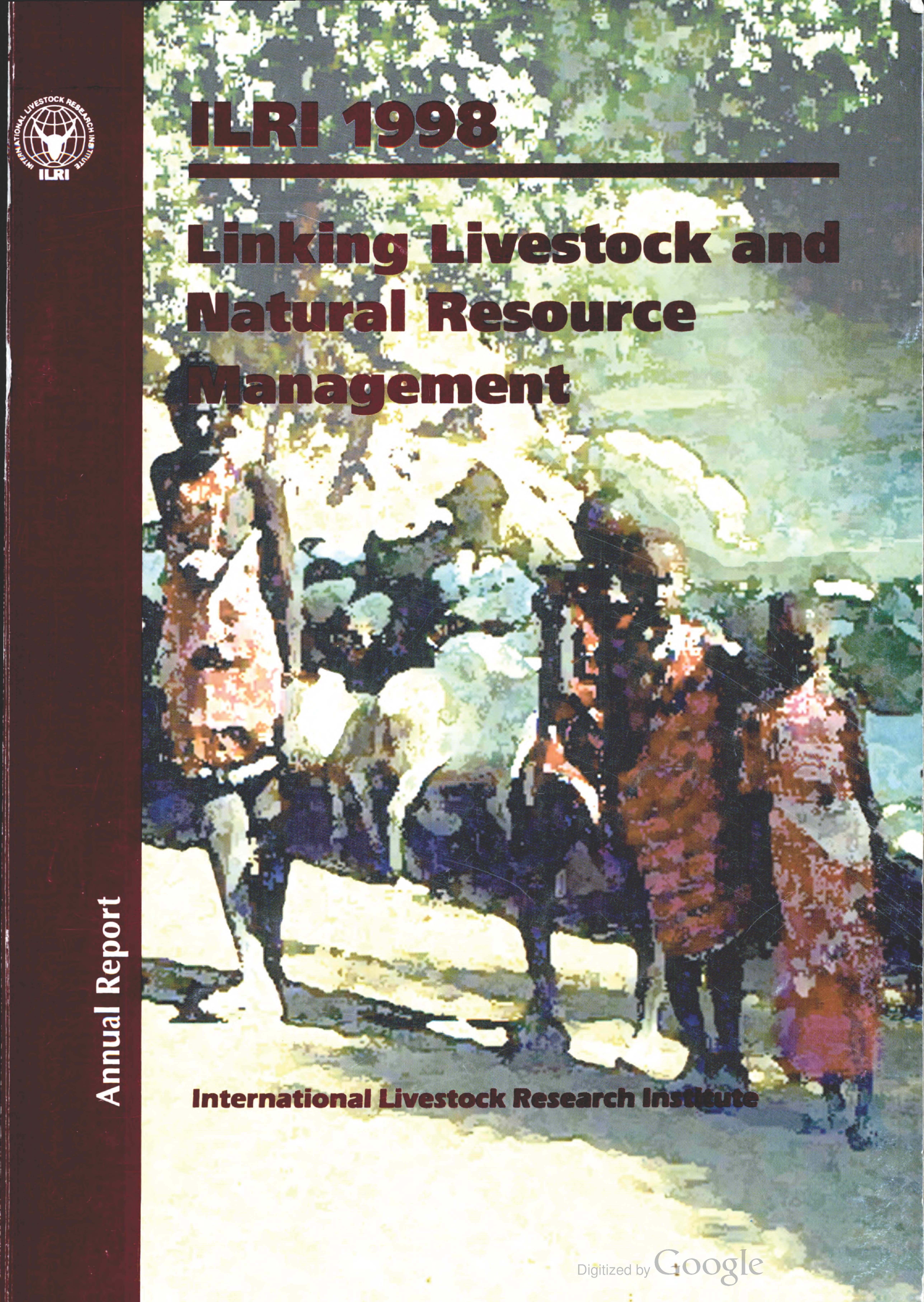Resource information
The Borana people are the predominant ethnic group on the Borana plateau in southern Ethiopia. Though traditionally transhumant pastoralists, they have recently increased their reliance on crops. Rainfall in the region averages between 353 and 873 mm; variability is high, with coefficients of variation ranging from 0.21 to 0.68. Anecdotal evidence implies that the vulnerability of pastoralist households to drought is increasing; stock levels increase dramatically during good rainfall years but plummet when rainfall is poor, indicating that the drought cycle is becoming more pronounced. In recent years, there has also been a dramatic increase in land allocated to crops, and land allocated to pastures that are either privatised or accessible to only a small subgroup of people. Nonetheless, the Borana are still highly dependent on access to common grazing lands, which provide the predominant source of forage and which also provide a mechanism to reduce risk of poor rainfall in one area by allowing for mobility. Because many of the land resources are used and managed in common, the authors hypothesise that one of the key determinants of the productivity and sustainability of the systems is the ability of community members to co-operate over the use and maintenance of these resources. In this report, we develop indicators of co-operation and examine factors affecting these indicators. We then use these indicators to determine the impact of co-operation on stock densities and land allocation patterns. Results indicate that co-operation is positively related to factors that increase the profitability of livestock, but negatively related to the total number of households, the use of community pastures by non-community members, and heterogeneity of wealth within the community. Furthermore, stock densities are negatively related to the index of co-operation, as we would expect. Stock densities are also lower in areas with more highly variable rainfall indicating that high variability reduces the number of livestock held, contrary to the oft-mentioned hypothesis that households build greater stockholdings in areas where rainfall is highly variable to survive a drought with more animals. Finally, results from the land allocation estimations give evidence to support the notion that more land is privatised either for crops or pasture where levels of co-operation are lower. Given the importance of mobility and the poor suitability of most land for cropping, measures to offset the increasing densities and land privatisation should focus on improving the capacity of communities to co-operate and mitigate the impact of heterogeneity on that capacity, and on improving market access to improve co-operation and increase incentives to sell stock in good as well as poor rainfall years. Results also highlight the need to search for alternative policy mechanisms that mitigate the impact of drought, but that do not simultaneously increase incentives to increase herd levels in non-drought years.



